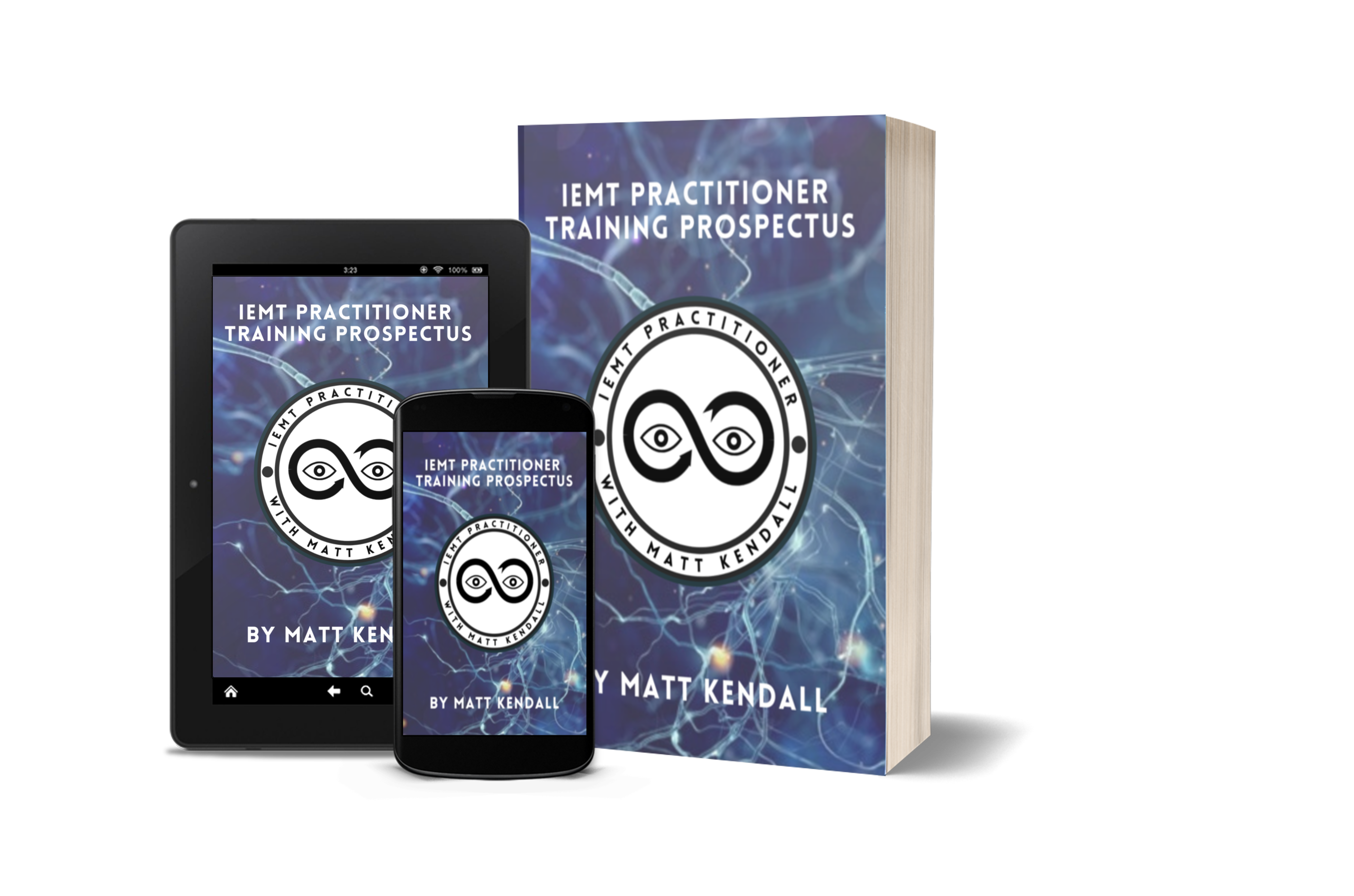
The next training starts in
IEMT Training Details
2025 Training Weekends: (select one weekend at checkout)
27th & 28th Sept 4 spaces remaining
25th & 26th Oct 8 spaces remaining
29th & 30th Nov 8 spaces remaining
Training Hours: 9:30am - 5pm on both days. Times are in UK time.
Location: Online on Zoom.
Prerequisites: No prior experience or training is required. It is open to all.
Cost: £197 - £397
Class Size: Limited to 12 participants
Trainer: Matt Kendall
Training Options
For new and returning
Repeat
For existing IEMT practitioners who are already certified
Pre Course Pack
Live Weekend Training
Aftercare Support
Video Record of Training
Post Course Documents
14 Hour CPD Certificate
£197
Certification
Full certification program for those who are new to IEMT
Pre Course Pack
Live Weekend Training
Aftercare Support
Video Record of Training
Post Course Documents
14 Hour CPD Certificate
Certification Documents
Case Studies Review
£397
Repeat
For those who have attended before, needing certification
Pre Course Pack
Live Weekend Training
Aftercare Support
Video Record of Training
Post Course Documents
14 Hour CPD Certificate
Certification Documents
Case Studies Review
£297
Your Step by Step Guide to Becoming an IEMT Practitioner
-
Step 1
Book your training weekend
See what weekend works for you.
Select your preferred weekend at the checkout.
-
Step 2
Attend the virtual training
Attend the live two-day training.
In the comfort of your own home via Zoom.
-
Step 3
Send in your case studies
Complete and submit your two case studies.
Full information and guidance given.
-
Step 4
Join the Association
Join the Association of IEMT Practitioners.
Create your own listing and get help and support.
-
Final Step
Receive your certificate!
You are now a certified Practitioner of Integral Eye Movement Techniques!
Add this on to your insurance and start using it straight away.
You also get amazing aftercare including:
Private peer WhatsApp group
Monthly coaching meetings
Weekly live Q&As sessions
Unlimited email support
© Copyrights by MK Promotions. All Rights Reserved.
